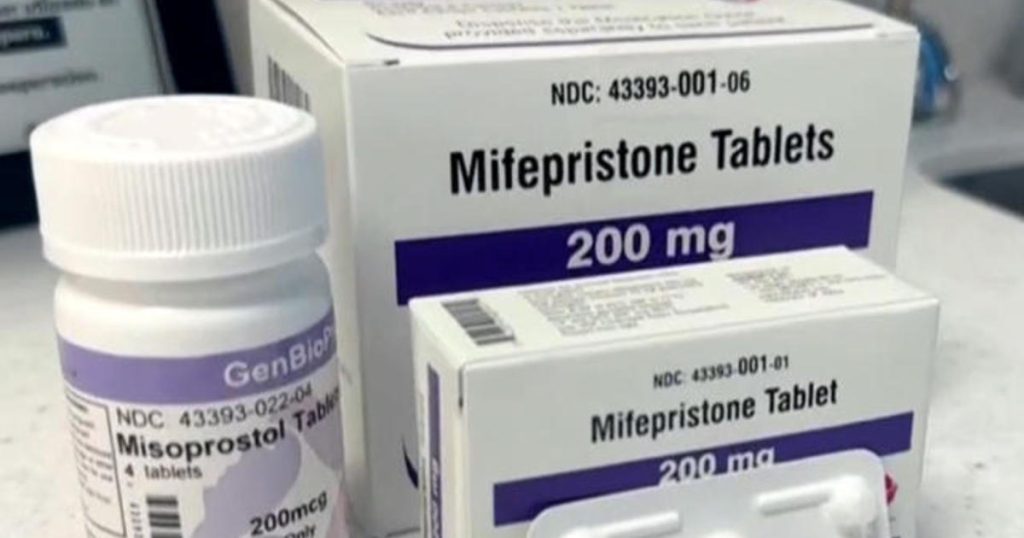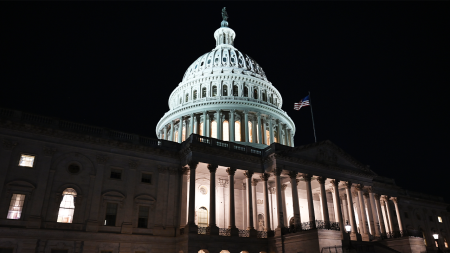The Supreme Court recently heard arguments in a case that could have significant implications for access to abortion medication. This case involves a dispute over FDA regulations that require patients to pick up the abortion pill, mifepristone, in person from a medical facility. The Reagan-era regulations were temporarily relaxed due to the COVID-19 pandemic, allowing patients to receive the medication through the mail. However, the Trump administration reinstated the in-person requirement, prompting a legal challenge from abortion providers and advocates.
During the oral arguments, the Supreme Court justices seemed divided on the issue, with the conservative justices appearing skeptical of the challengers’ arguments. The challengers argue that the in-person requirement imposes an undue burden on women seeking abortions, especially during the pandemic when in-person visits pose health risks. They also claim that the requirement is not based on scientific evidence and serves no legitimate purpose. However, the conservative justices expressed concerns about the potential impact of ruling in favor of the challengers, suggesting that it could lead to a broader challenge to FDA regulations.
The case highlights the ongoing debate over access to abortion in the United States and the role of the government in regulating reproductive health care. Abortion rights advocates argue that restrictions like the in-person requirement for mifepristone are medically unnecessary and designed to make it more difficult for women to access abortion services. They point to the fact that mifepristone is a safe and effective medication that is widely used for early-term abortions. On the other hand, opponents of abortion argue that such restrictions are necessary to protect women’s health and safety.
The outcome of this case could have far-reaching implications for abortion access in the United States. If the Supreme Court upholds the in-person requirement for mifepristone, it could make it more difficult for women, especially those in rural or underserved areas, to access abortion services. This could place a significant burden on women seeking abortions, particularly during the pandemic when travel and in-person visits pose additional health risks. On the other hand, if the court strikes down the requirement, it could pave the way for challenges to other restrictions on abortion and reproductive health care.
The case also underscores the broader debate over reproductive rights and access to health care in the United States. Abortion rights advocates have long argued that restrictions like the in-person requirement for mifepristone are a form of government overreach that infringes on women’s ability to make decisions about their own bodies. They contend that access to safe and legal abortion is essential for women’s health and autonomy. On the other hand, opponents of abortion argue that such restrictions are necessary to protect the rights of the unborn and uphold moral values.
Overall, the Supreme Court’s decision in this case will have significant implications for the future of abortion access in the United States. The court’s ruling could either bolster restrictions on abortion medication or pave the way for greater access to reproductive health care. The case highlights the complex and contentious nature of the abortion debate, as well as the ongoing battle over women’s rights and reproductive freedom. Ultimately, the outcome of this case will shape the landscape of abortion access in the United States for years to come.















